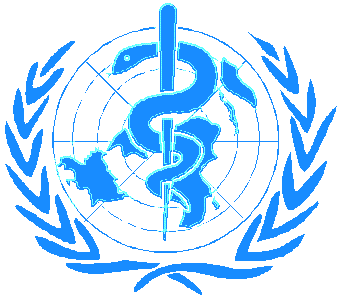 
|
AIR AND
HEALTH
Taking actions to improve air quality
|
Local authority powers to control sources
and levels of air pollution will often be dictated by
international and national policy and laws. For example, the way
in which an industrial source operates and the level of permitted
emissions will usually be decided nationally as will standards
for vehicle exhaust emissions or measures to control domestic
smoke emissions. Often, however, local authorities or regional
authorities are responsible for enforcing legislation, for
example issuing permits or licences for industrial processes
under national or European integrated pollution control
legislation. Local authorities can also influence local air
quality by regulating or restricting traffic use in specific
areas. Planning controls offer another means of ensuring that
potentially polluting or hazardous processes are not sited in
residential or other protected areas.
Local actions need to be supported by, and
coordinated with, national air quality plans (e.g. The UK
national air quality strategy, 1997) and related legislation and
agreements such as the forthcoming Ambient Air Quality Assessment
and Management Directive, other EU Directives, or international
agreements, such as the Convention on the Long Range Transport of
Air Pollution, or the Montreal Protocol on Substances that
Deplete the Ozone Layer.
In order to help public authorities to
manage and reduce health hazards and other risks from air
pollutants, the WHO, EU and national authorities publish
guidelines and limit values for most of the common pollutants
(see tables p. a10). Although the WHO guidelines are not
mandatory they are often used as the basis for EU and national
limit values and guidelines. 
| WHO Air quality guidelines |
| Substances |
Averaging time |
Time-weighted average |
| Lead (1987) |
1 year |
0.5-1.0 µg/m3 |
| Nitrogen dioxin (1994) |
1 hour
Annual |
200 µg/m3
40-50 µg/m3 |
| Ozone (1994) |
8 hours |
120 µg/m3 |
| Sulphur dioxine (1994) |
10 minutes
4 hours
annual |
500 µg/m3
125 µg/m3
50 µg/m3 |
| Particulate matter (1994) |
|
(a) |
| Carbon monoxide (1994) |
15 minutes
30 minutes
1 hour
8 hours |
100 mg/m3 (b)
60 mg/m3
30 mg/m3
10 mg/m3 |
(a)
no guideline value because there is no evident threshold
for effects on morbidity and mortality
(b) the guideline is to prevent
carboxyhaemaglobin levels in the blood exceeding 2.5% |
| EU Air quality guidelines |
| Substances |
Reference period |
Limit value (to be met by
1.4.83) |
| Sulphur
dioxide |
one year
(median daily values) |
120 µg/m3 if smoke less than
40 µg/m3 80 µg/m3
if smoke more than 40 µg/m3
|
| |
winter
(median daily values) |
180 µg/m3 if smoke less than
60 µg/m3 130 µg/m3
if smoke more than 60 µg/m3
|
| |
year, peak
(98 percentile of daily values)
|
350 µg/m3 if smoke less than
150 µg/m3 250 µg/m3
if smoke more than 150 µg/m3
|
| Suspended particulate matter
(SPM) |
one year (median of daily values) |
80 µg/m3
|
| |
winter
(median daily values) |
130 µg/m3
|
| |
year, peak
(98 percentile of daily values)
|
250 µg/m3
|
| |
|
Guides values |
| Black smoke |
one year (median of daily values) |
40-60 µg/m3 |
| |
24 hours mean |
100-150 µg/m3 |
| Sulphur dioxide |
24 hours mean |
100-150 µg/m3 |
| |
one year mean |
40-60 µg/m3 |
| |
Reference period |
Limit value (to be met by
1.7.87) |
Nitrogene dioxide:
EC Directive 85/203/EEC |
1 year
(98 percentile of 1-hour means)
|
200 µg/m3
|
| |
|
Guides values |
| |
1 year
(50 percentile of 1-hour means)
|
50 µg/m3
|
| |
1 year
(98 percentile of 1-hour means)
|
135 µg/m3
|
| |
Reference period |
Limit value (to be met by
9.12.87) |
Lead in the air:
EC Directive 82/884/EEC |
annual mean |
2 µg/m3 |
Ozone Thresholds:
EC Directive 92/72/EEC |
1 year
(98 percentile of 1-hour means)
|
200 µg/m3
|
| Health
protection |
8 hours mean |
110 µg/m3
|
| Vegetation
protection |
1 hour mean |
200 µg/m3
|
| |
24 hours mean |
65 µg/m3
|
| Population
information |
1 hour mean |
180 µg/m3
|
| Population
warning |
1 hour mean |
360 µg/m3
|


Document Actions
Share with others